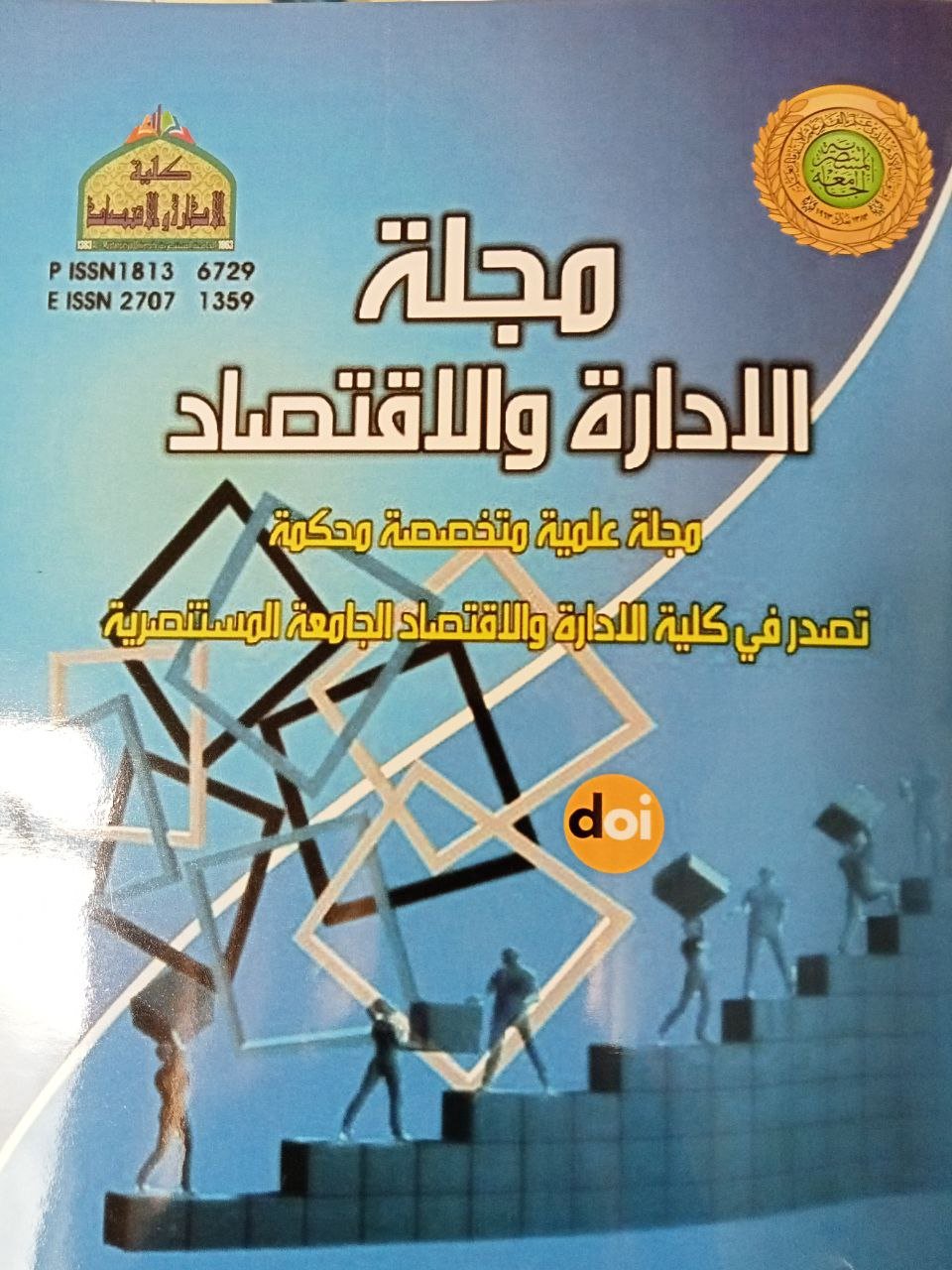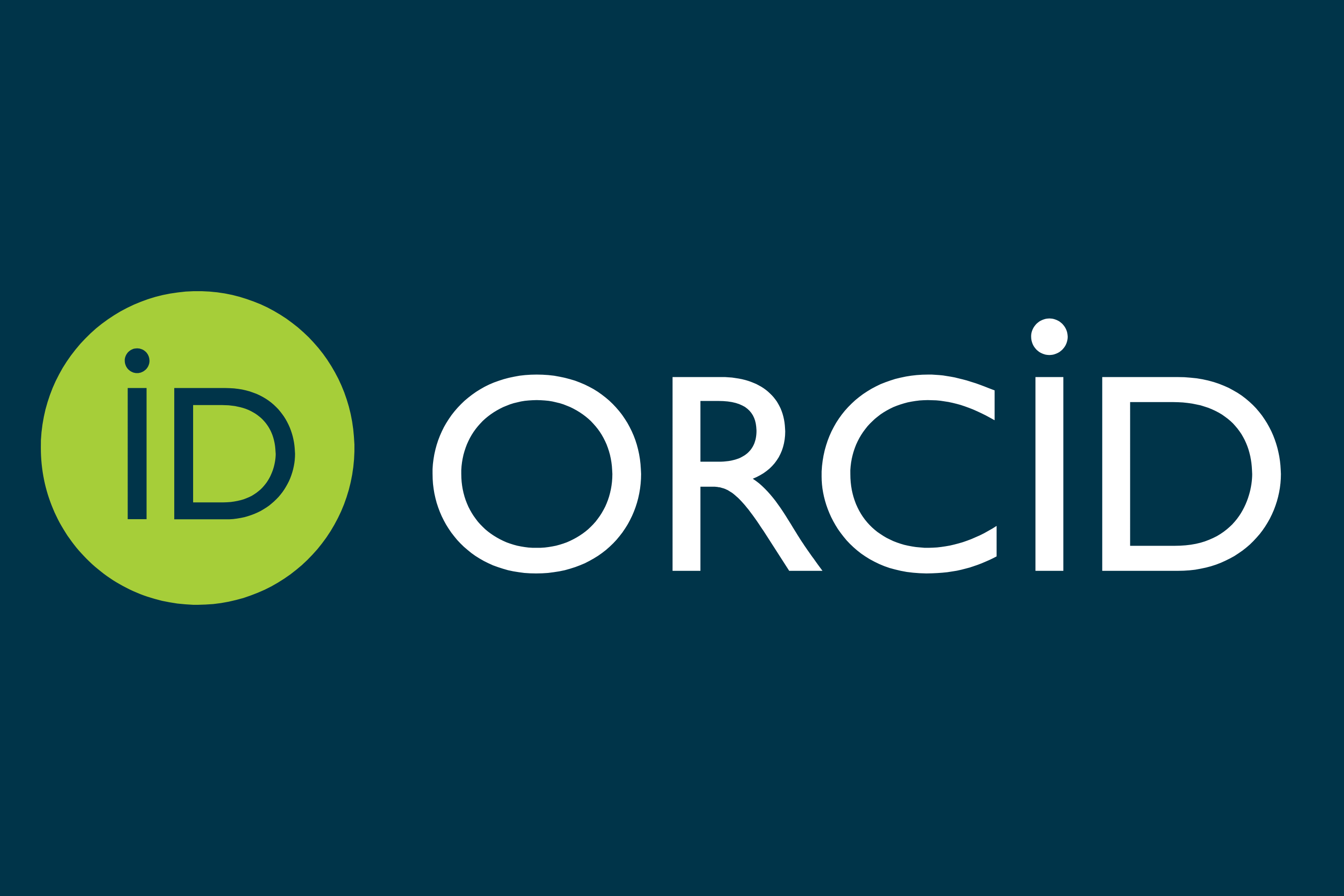The Measurement of Buzz Marketing: Bloggers as a Model
DOI:
https://doi.org/10.31272/jae.i142.1044Keywords:
Buzz marketing, Fake war, unexpected action n, deliberately revealing a secre, Covert marketingAbstract
Buzz marketing is one of the modern marketing methods that have begun to arouse the interest of researchers to know its effects , whether on the organization or customers . This study aims to reach a better understanding of buzz marketing ; Therefore , three techniques by which this technique can work have been presented. Then the study suggests a measure to identify the level of buzz marketing in business . The techniques and the questionnaire were presented to a scientific committee composed of experts in the field of marketing management to test the validity . The scale was practically tested by a sample of (208) bloggers who became known and have good popularity in social media . After collecting the answers of the sample members and analyzing them in statistical programs -SPSS V.23 & AMOS V.23- to conduct tests to ensure the accuracy and reliability of the scale , this study presented a 10-item scale that could be used in future studies dealing with buzz marketing .
Downloads
References
Ahuja, R. D., Michels, T. A., Walker, M. M., & Weissbuch, M. (2007). Teen perceptions of disclosure in buzz marketing. Journal of Consumer Marketing, 24(3). https://doi.org/10.1108/07363760710746157
Allard, S. (2007). Myths and promises of buzz marketing. In Connected Marketing: The Viral, Buzz and Word of Mouth Revolution. https://doi.org/10.4324/9780080476797-23
Amy-Chinn, D. (2006). This is just for me(n): How the regulation of post-feminist lingerie advertising perpetuates women as objects. Journal of Consumer Culture, 6(2). https://doi.org/10.1177/1469540506064742
Black, I. R., & Nevill, I. (2009). Fly-posting: An exploration of a “controversial” medium. Journal of Marketing Communications, 15(4). https://doi.org/10.1080/13527260802091022
Butts, M. M., & Michels, L. C. (2006). The sources of four commonly reported cutoff criteria: What did they say? Organizational Research Methods, 9(2). https://doi.org/10.1177/1094428105284919
Cambridge Dictionary, C. (2016). Cambridge Dictionary. Cambridge University Press.
Foxton, J. (2007). Live buzz marketing. In Connected Marketing: The Viral, Buzz and Word of Mouth Revolution. https://doi.org/10.4324/9780080476797-11
Gardner, S. (2005). Buzz Marketing with Blogs for Dummies. In Most.
Hair, J. F., Howard, M. C., & Nitzl, C. (2020). Assessing measurement model quality in PLS-SEM using confirmatory composite analysis. Journal of Business Research, 109. https://doi.org/10.1016/j.jbusres.2019.11.069
Handini, V. A., & Dunan, A. (2021). Buzzer was the Driving Force for Buzz Marketing on Twitter in the 2019 Indonesian Presidential Election. International Journal of Science, Technology & Management, 2(2). https://doi.org/10.46729/ijstm.v2i2.172
Henry, A. (2003). How buzz marketing works for teens. Young Consumers, 4(3). https://doi.org/10.1108/17473610310813843
Hill, M. E., & McGinnis, J. (2007). The curiosity in marketing thinking. Journal of Marketing Education, 29(1). https://doi.org/10.1177/0273475306297385
Holdford, D. A. (2004). Using buzz marketing to promote ideas, services, and products. Journal of the American Pharmacists Association, 44(3). https://doi.org/10.1331/154434504323064020
Howell, R. D., Breivik, E., & Wilcox, J. B. (2007). Reconsidering Formative Measurement. Psychological Methods, 12(2). https://doi.org/10.1037/1082-989X.12.2.205
Kaiser, H. F., & Rice, J. (1974). Little Jiffy, Mark Iv. Educational and Psychological Measurement, 34(1). https://doi.org/10.1177/001316447403400115
Kirby, J., & Marsden, P. (2007). Connected marketing: The viral, buzz and word of mouth revolution. In Connected Marketing: The Viral, Buzz and Word of Mouth Revolution. https://doi.org/10.4324/9780080476797
Kriel, C. (2018). Fake News, Fake Wars, Fake Worlds. Defense Strategic Communications, 3(1). https://doi.org/10.30966/2018.riga.3.6
MacKenzie, S. B., Podsakoff, P. M., & Jarvis, C. B. (2005). The problem of measurement model misspecification in behavioural and organizational research and some recommended solutions. In Journal of Applied Psychology (Vol. 90, Issue 4). https://doi.org/10.1037/0021-9010.90.4.710
Martin, K. D., & Smith, N. C. (2008). Commercializing social interaction: The ethics of stealth marketing. In Journal of Public Policy and Marketing (Vol. 27, Issue 1). https://doi.org/10.1509/jppm.27.1.45
Mohr, I. (2007). Buzz marketing for movies. Business Horizons, 50(5). https://doi.org/10.1016/j.bushor.2007.04.001
Mohr, I. (2017). Managing Buzz Marketing in the Digital Age. Journal of Marketing Development and Competitiveness, 11(2), pp. 10-16.
Notarantonio, E. M., & Quigley, C. J. (2009). The effectiveness of a buzz marketing approach compared to traditional advertising: An exploration. Journal of Promotion Management, 15(4). https://doi.org/10.1080/10496490903270174
Nyilasy, G. (2007). Word of mouth: What we know - and what we don’t. In Connected Marketing: The Viral, Buzz and Word of Mouth Revolution. https://doi.org/10.4324/9780080476797-21
Nyilasy, G. (2019). Fake news: When the dark side of persuasion takes over. International Journal of Advertising, 38(2). https://doi.org/10.1080/02650487.2019.1586210
Sarstedt, M., Hair, J. F., Ringle, C. M., Thiele, K. O., & Gudergan, S. P. (2016). Estimation issues with PLS and CBSEM: Where the bias lies! Journal of Business Research, 69(10). https://doi.org/10.1016/j.jbusres.2016.06.007
Sorokin, J. (2012). Strategies for choosing influential in buzz marketing. Journal of International Studies, 5(2). https://doi.org/10.14254/2071-8330.2012/5-2/9
Sprague, R., & Wells, M. E. (2010). Regulating online buzz marketing: Untangling a web of deceit. American Business Law Journal, 47(3). https://doi.org/10.1111/j.1744-1714.2010.01100.x
Sprott, D. E. (2008). The policy, consumer, and ethical dimensions of covert marketing: an introduction to the special section. In Journal of Public Policy and Marketing (Vol. 27, Issue 1). https://doi.org/10.1509/jppm.27.1.4
Taufique, K. Md. R., & Shahriar, F. M. (2011). Online social media as a Driver of Buzz Marketing. International Journal of Online Marketing, 1(2). https://doi.org/10.4018/ijom.2011040104
Thomas, G. M. (2004). Building the buzz in the hive mind. Journal of Consumer Behaviour, 4(1). https://doi.org/10.1002/cb.158
Train, K. E., & Winston, C. (2007). Vehicle choice behaviour and the declining market share of U.S. automakers. International Economic Review, 48(4). https://doi.org/10.1111/j.1468-2354.2007.00471.x

Downloads
Published
Issue
Section
License
The journal of Administration & Economics is an open- access journal that all contents are free of charge. Articles of this journal are licensed under the terms of the Creative Commons Attribution International Public License CC-BY 4.0 (https://creativecommons.org/licenses/by/4.0/legalcode) that licensees are unrestrictly allowedto search, download, share, distribute, print, or link to the full text of the articles, crawl them for indexing and reproduce any medium of the articles provided that they give the author(s) proper credits (citation). The journal allows the author(s) to retain the copyright of their published article.
Creative Commons-Attribution (BY)









